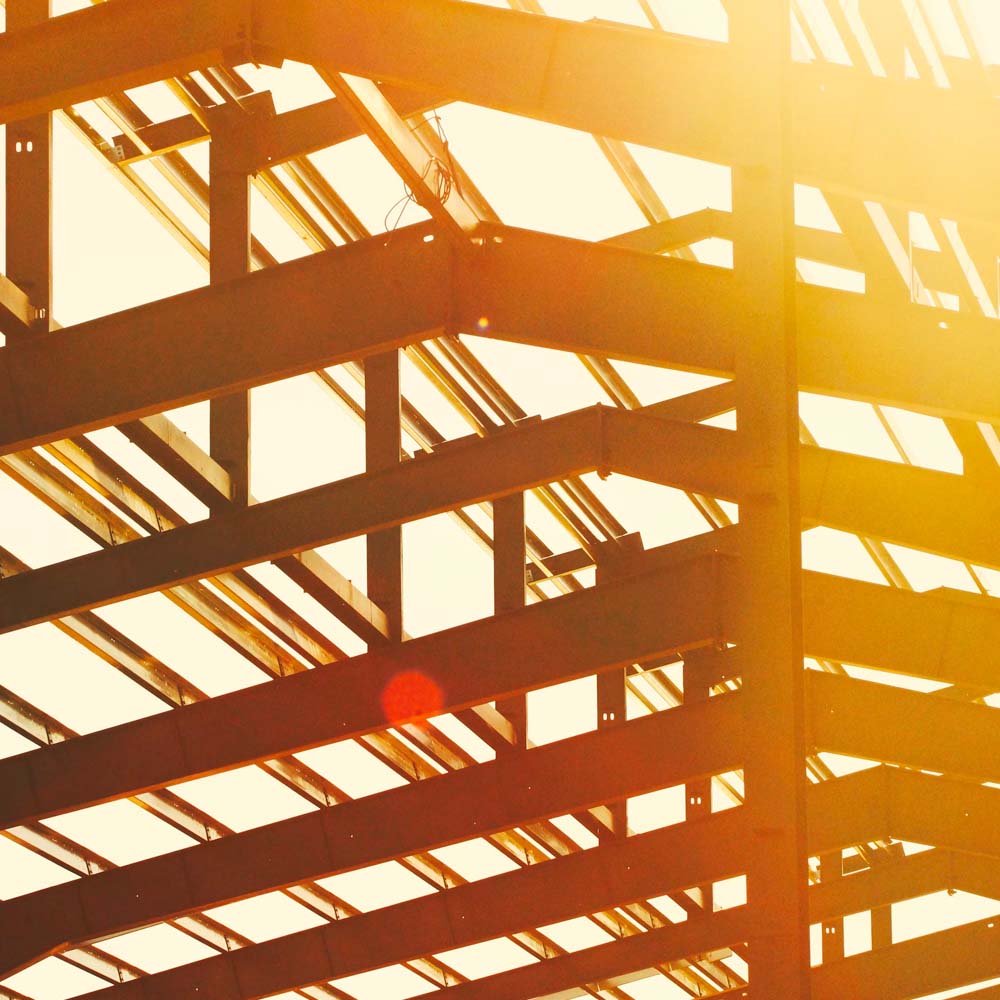Structural

Structural steel is a versatile and essential material used in construction, engineering, and various industrial applications. Composed primarily of iron and a small percentage of carbon, structural steel offers exceptional strength, durability, and flexibility, making it a preferred choice for builders and engineers worldwide.
One of the key advantages of structural steel is its exceptional strength-to-weight ratio. This means that it can support heavy loads and span long distances while remaining relatively lightweight compared to other construction materials like concrete. This property is particularly valuable in skyscrapers, bridges, and other large-scale structures where minimizing weight while ensuring structural integrity is crucial.
Structural steel’s durability is another remarkable attribute. It can withstand extreme environmental conditions, such as harsh weather, seismic activity, and temperature fluctuations, without losing its structural integrity. This durability translates into long-lasting structures that require minimal maintenance over their lifespan, reducing overall life-cycle costs.
Our Structural Products
S355JR Steel
S235JR – Mild Steel Plate
S275JO – Mild Steel Plate
S355JO Steel
S355J2 Steel
ST 52/3 Steel
S355K2 Steel
S355NL/ML Steel
BS EN 10025-2 (BS 4360)
The flexibility of structural steel allows for a wide range of design possibilities. It can be molded and fabricated into various shapes, making it suitable for creating complex architectural designs and innovative structural solutions. Its versatility also enables easy modifications and adaptations to existing structures, providing cost-effective options for renovations and expansions.
Structural steel’s speed of construction is a notable advantage. Prefabrication and quick on-site assembly make it possible to complete projects more rapidly compared to traditional construction methods. This efficiency not only saves time but also reduces labor costs and minimizes disruption to surrounding areas.
In conclusion, structural steel is an indispensable material in the construction and engineering industries, thanks to its exceptional strength, durability, flexibility, and speed of construction. Its ability to support monumental loads and create innovative designs continues to shape modern architecture and infrastructure, contributing to the development of safer, more efficient, and sustainable structures.